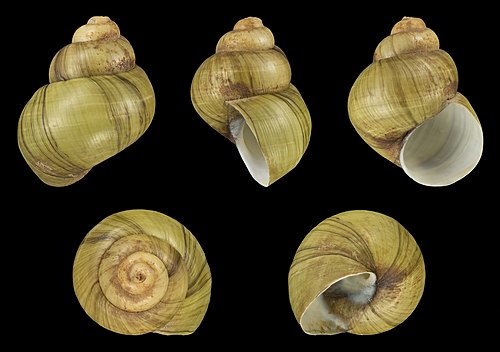User:Juzeris
| Wikipedia:Babel | ||||||||||
|---|---|---|---|---|---|---|---|---|---|---|
| ||||||||||
| Search user languages |
My background is varied professional experience in the translation industry. Originally from Latvia, I have also lived in Estonia and elsewhere in Europe for several years and accordingly I speak Latvian, English, Russian, conversational Estonian and some German and French.
On Wikipedia, I have contributed mostly to Latvian Wikipedia where I used to be an admin from 2005 until 2012 when gave up my role voluntarily and relinquished the admin rights. See also my accounts on Meta and English Wiktionary.
My bookmarks[edit]
Here are some articles I have found in Wikipedia. I used to add them to my watchlist but it has grown just too much to be able to follow and differentiate between the stuff that really needs following and simply great articles that most possibly are already watched by knowledgeable Wikipedians.
Some of these articles simply crave for attention, others are a great read, and for some of them I have no idea why I've listed them. :)
This list is not necessarily alphabetised or otherwise prioritised but it should be. Or maybe it is. Nor this list should be regarded as an accurate reflection of my world view or interests. This is merely a fraction of it. Or maybe it isn't related to me at all.
I really hope this doesn't end up being similar in size to Special:Allpages...
| Movies | Books | Language | Music | Web |
|---|---|---|---|---|
| History | Leisure | Urban stuff | Misc. | No bookmark, just stress |
|
 |

